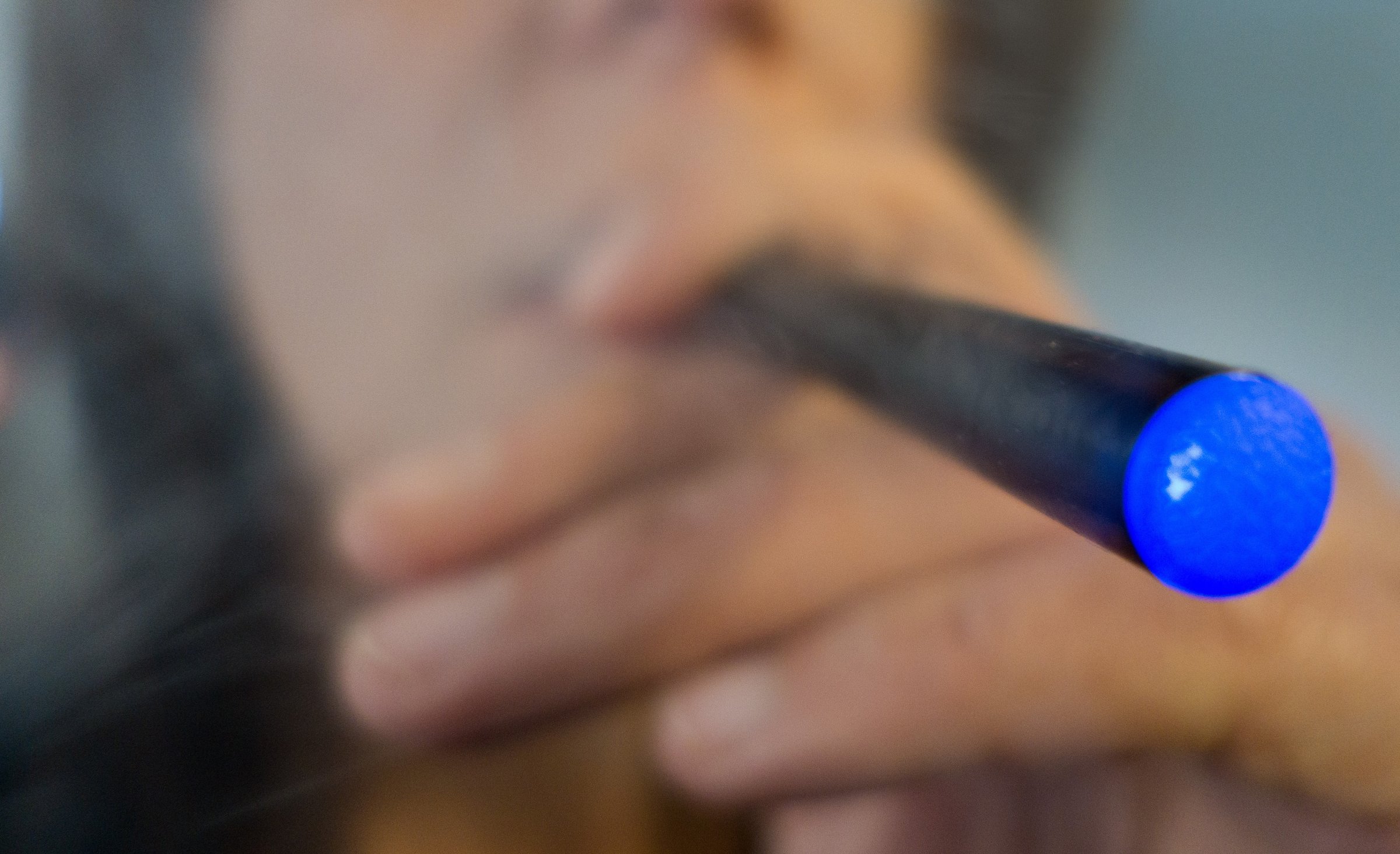
If your kids watch “The Bachelor,” “Big Brother” or “Survivor”—and there is a good chance that they do—odds are growing fast that they are seeing ads for one of the most controversial products to hit the market in years: e-cigarettes.
It’s time for parents to strike back.
A study published today in Pediatrics suggests that e-cigarette makers are aiming their products at young people, ages 12 to 24, by increasing advertising during the shows (such as those above) and on the channels (including AMC, Country Music Television, Comedy Central and TV Land) they watch most.
“If current trends in e-cigarette television advertising continue, awareness and use of e-cigarettes are likely to increase among youth and young adults,” says the study, which was conducted by a team from the nonprofit research institute RTI International and the Florida Department of Health.
The impact of e-cigs, devices that vaporize an addictive nicotine-laced liquid solution into an aerosol mist that simulates the act of tobacco smoking, is hotly debated. On one side are those who argue that e-cigs are much safer than conventional tobacco cigarettes and help people addicted to them to quit. On the other side are those who say e-cigs still pose serious risks, including from liquid nicotine.
What can be said, with great certainty, is that we don’t know nearly enough about the long-term health effects of e-cigs to let young people get hooked on them. And as a parent, this is precisely why the study in Pediatrics and other analyses that have shown e-cigarette companies are spending tens of millions of advertising dollars targeting our kids are so alarming.
So, in the absence of any government regulation of e-cig advertising, here are a few things parents can do:
For starters, as always, the best thing we can do is talk to our kids. Let them know that e-cigarette companies have them in their sights and, as I’ve written, are trying to reel them in with fun flavors and sexy ads that are designed to make them feel all grown up. Tell them that these companies have a vested interest in promoting the idea that e-cigs aren’t bad for them—but the fact is, we aren’t really sure. And share that some experts are concerned that because they contain nicotine, e-cigs may be a gateway to real cigarettes.
Second, set clear expectations. We need to make sure that our kids understand that we don’t want them to vape and will be disappointed if they do. The Campaign for Tobacco-Free Kids has found that “parental attitudes, opinions, and feelings about their kids’ smoking status greatly influence whether or not kids will smoke, even when the parents smoke.” Vince Willmore, the organization’s vice president of communications, says the same principle is sure to hold true for vaping.
Third, set a good example. You should certainly express to your kids your own struggles to quit cigarette smoking, if that’s the case, but don’t vape around them. If you do, they may think it’s something to emulate—especially given the onslaught of ads reinforcing that vaping-is-cool message.
The Pediatrics study found that 50% of youth, ages 12 to 17, were exposed to an average of 21 e-cigarette ads from October 2012 to September 2013, and half of young adults, ages 18 to 24, were exposed to an average of 35 e-cigarette ads during the same period.
That’s a sharp rise from just a couple of years earlier, according to the study. In all, youth exposure to e-cigarette ads on TV increased 256% from 2011 to 2013, and exposure for young adults jumped 321%. More than 80% of the advertisements were for the brand blu eCigs.
The tactic seems to be working. The Centers for Disease Control reported last year that 1.8 million middle- and high-school students said they had tried e-cigarettes in 2012—double the number from the previous year.
“When I give talks about e-cigs I call them ‘Back to the Future’ because I feel like I’ve gotten into a DeLorean and gone back in time,” says Stanton Glantz, a professor of medicine at the University of California, San Francisco and the director of the Center for Tobacco Control Research and Education. “E-cig marking today looks a lot like what conventional advertising for tobacco looked like in its heyday.”
That shouldn’t be surprising. Many of the same companies that have long sold tobacco products—including R.J. Reynolds, Philip Morris parent Altria and Lorillard—have now gotten into the e-cigarette business.
Which leads me to the last thing that parents should do: Advocate. You can begin by writing in and supporting the Food and Drug Administration’s proposed new rules that include banning the sale of e-cigarettes to anyone under 18. But we need to go even further. Urge lawmakers and the White House to ban e-cigarette advertising from television—as has been the case with cigarette ads since 1971.
With e-cigs, tobacco companies are clearly taking a page out of their old playbook. It’s time for regulators to do the same.
More Must-Reads from TIME
- Donald Trump Is TIME's 2024 Person of the Year
- Why We Chose Trump as Person of the Year
- Is Intermittent Fasting Good or Bad for You?
- The 100 Must-Read Books of 2024
- The 20 Best Christmas TV Episodes
- Column: If Optimism Feels Ridiculous Now, Try Hope
- The Future of Climate Action Is Trade Policy
- Merle Bombardieri Is Helping People Make the Baby Decision
Contact us at letters@time.com